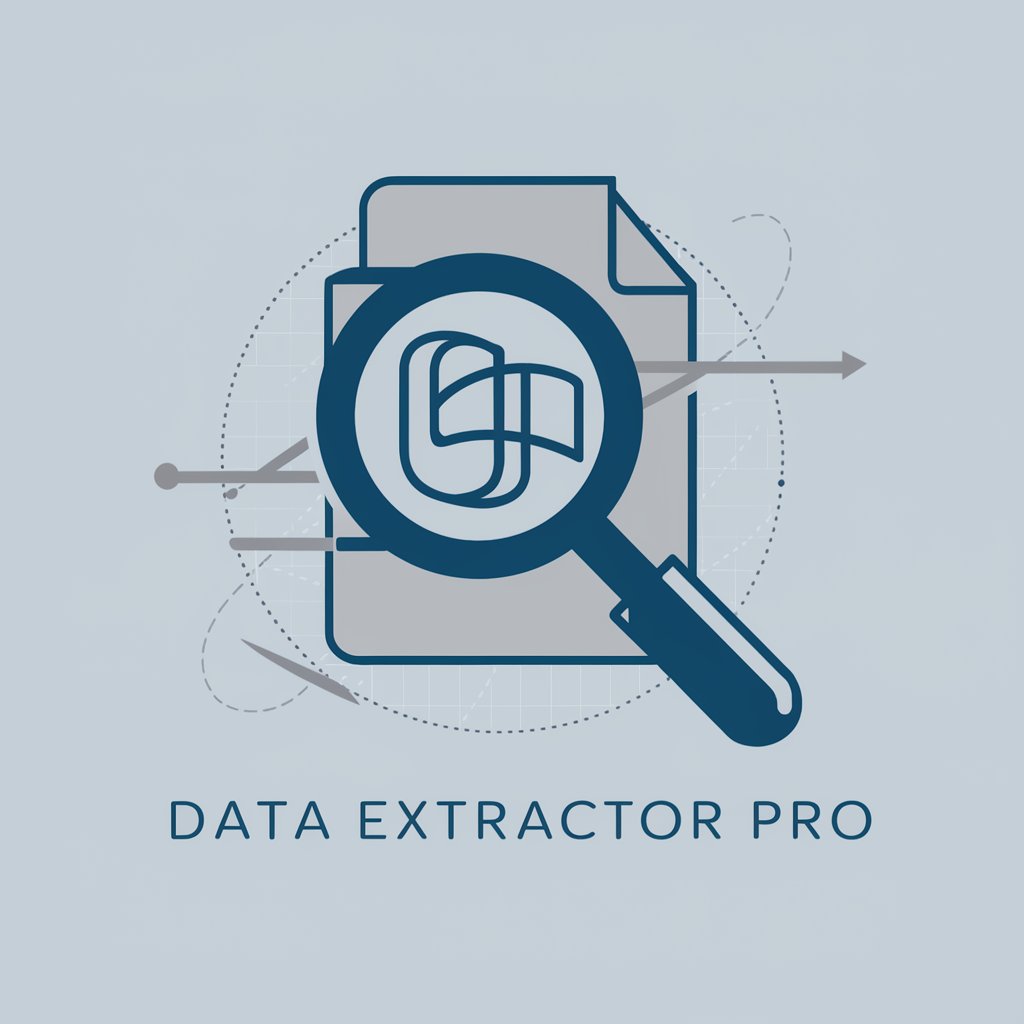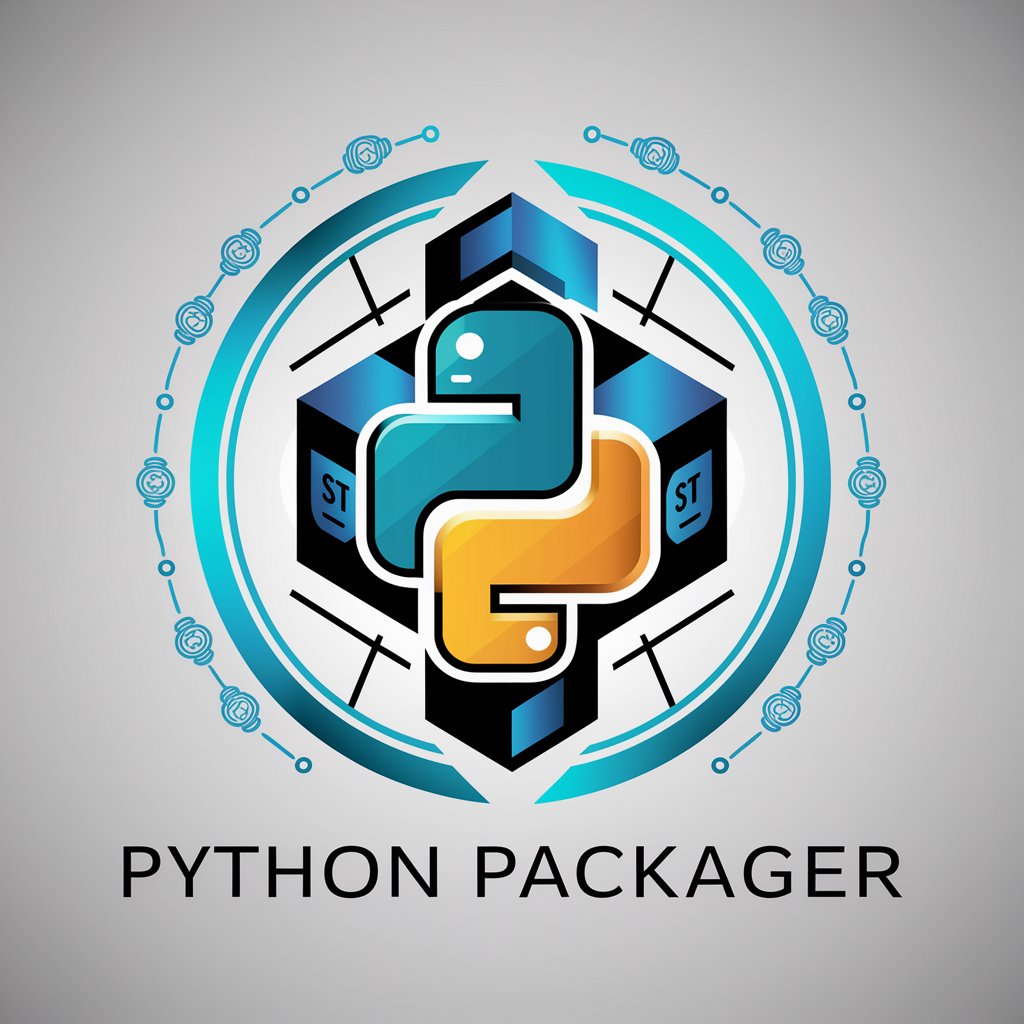
SPR Unpacker - SPR Unpacking Tool
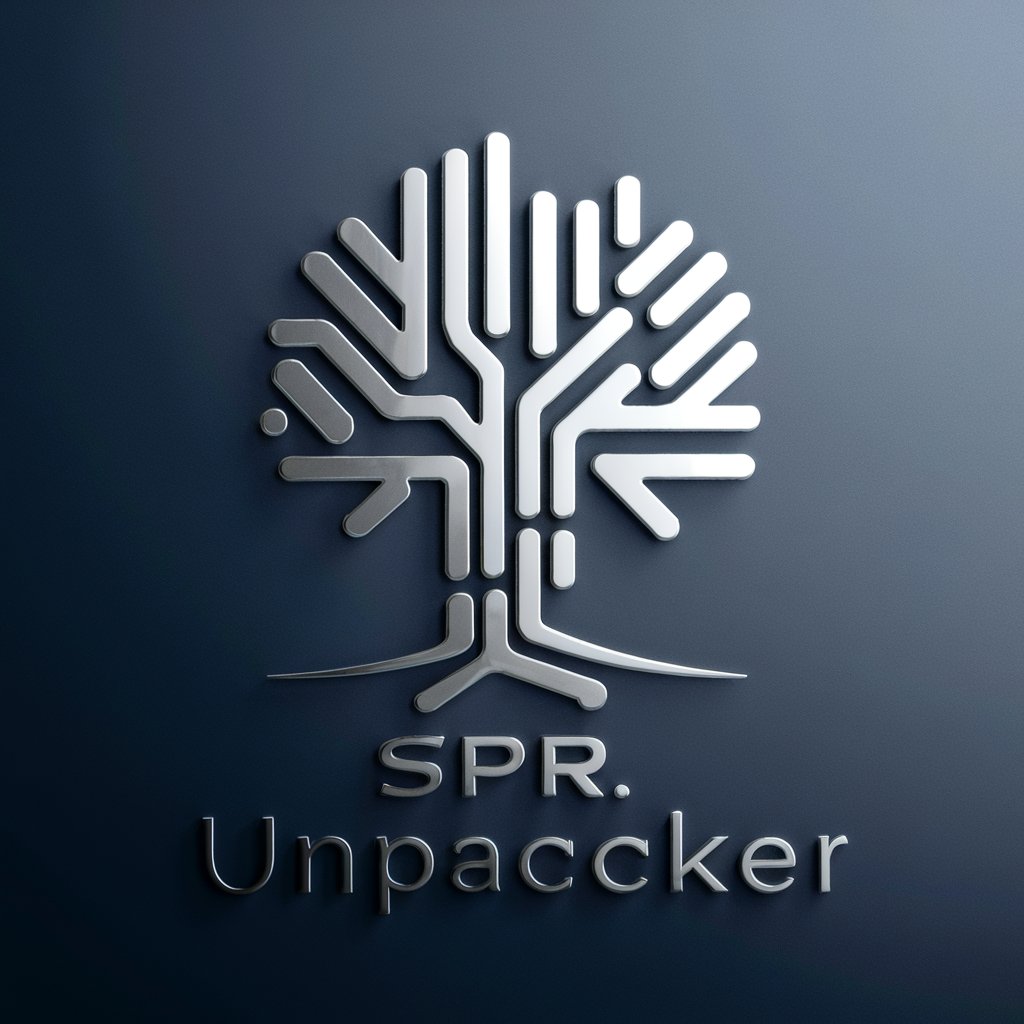
Welcome! I'm SPR Unpacker, here to decode and expand intricate concepts for you.
Unpack Ideas, Expand Possibilities
Explain the significance of Sparse Priming Representations in natural language processing.
Detail the steps involved in transforming an SPR input into a comprehensive explanation.
Discuss the potential applications of SPR technology in various industries.
Describe the challenges and benefits of using SPRs for advanced AI tasks.
Get Embed Code
Overview of SPR Unpacker
SPR Unpacker, or Sparse Priming Representation Unpacker, is a specialized tool designed to interpret and expand SPRs—compressed inputs tailored for activating latent abilities in large language models (LLMs). This system facilitates the detailed extraction and articulation of embedded information within SPRs, enabling a nuanced understanding and generation of responses that closely align with the original intent and complexity of the input data. For instance, when presented with an SPR encoded with the concept 'sustainable urban planning', SPR Unpacker would not only define the term but also elaborate on its implications, methodologies, and relevant case studies, thereby transforming a compact input into an expansive, informative output. Powered by ChatGPT-4o。

Core Functions of SPR Unpacker
Decompression of Encoded Inputs
Example
Given an SPR that encodes 'CRISPR gene editing technologies', SPR Unpacker would elaborate on what CRISPR is, discuss its gene-editing capabilities, potential applications in medicine, ethical considerations, and current advancements in the field.
Scenario
In a biotechnology lecture, a professor uses SPR Unpacker to quickly generate detailed course material and discussion points from compressed SPR inputs related to cutting-edge genetic engineering topics.
Enhancement of Information Density
Example
For an SPR related to 'quantum computing principles', SPR Unpacker would detail the fundamentals of quantum mechanics, how they apply to computing, contrast with classical computing approaches, and outline the future implications and challenges of quantum computing.
Scenario
A tech conference speaker inputs minimal SPRs concerning new computing paradigms and uses the detailed outputs from SPR Unpacker to prepare a comprehensive and engaging presentation that addresses both laypeople and experts.
Facilitation of Complex Reasoning
Example
An SPR about 'economic impacts of climate change' would be expanded to include detailed discussions on GDP adjustments, sector-specific vulnerabilities, policy responses, and international economic forecasts under varying climate scenarios.
Scenario
Policy makers use SPR Unpacker to derive in-depth, nuanced policy briefings from compressed SPRs to better understand and debate the economic strategies for mitigating climate change impacts.
Target User Groups for SPR Unpacker
Academic Researchers
Academics dealing with complex datasets and concepts benefit from SPR Unpacker by rapidly expanding compressed SPR inputs into detailed research notes or papers, streamlining the initial phases of literature review or hypothesis formulation.
Industry Professionals
Professionals in fields like technology, biotechnology, and environmental planning use SPR Unpacker to turn brief, encoded industry updates into comprehensive analyses, aiding in strategic planning and innovation.
Policy Makers
Policy makers utilize SPR Unpacker to transform brief encoded inputs about socio-economic data or legislative summaries into detailed, actionable information that supports policy drafting, modification, and public communication.

How to Use SPR Unpacker: A User Guide
1
Start by accessing yeschat.ai for a complimentary trial, no sign-in or ChatGPT Plus subscription required.
2
Enter your SPR (Sparse Priming Representation) into the input field provided on the SPR Unpacker tool page.
3
Select the 'Unpack' button to initiate the analysis of your SPR. The tool will begin processing and expanding your input.
4
Review the unpacked content once the process is complete. This will include a detailed, comprehensive expansion of your initial SPR.
5
Utilize the feedback and revision feature to refine your SPR if needed. This step is crucial for achieving the most accurate and detailed output possible.
Try other advanced and practical GPTs
COGNI-TASK // 01-X
Empower Your Mind, Manage Your Tasks
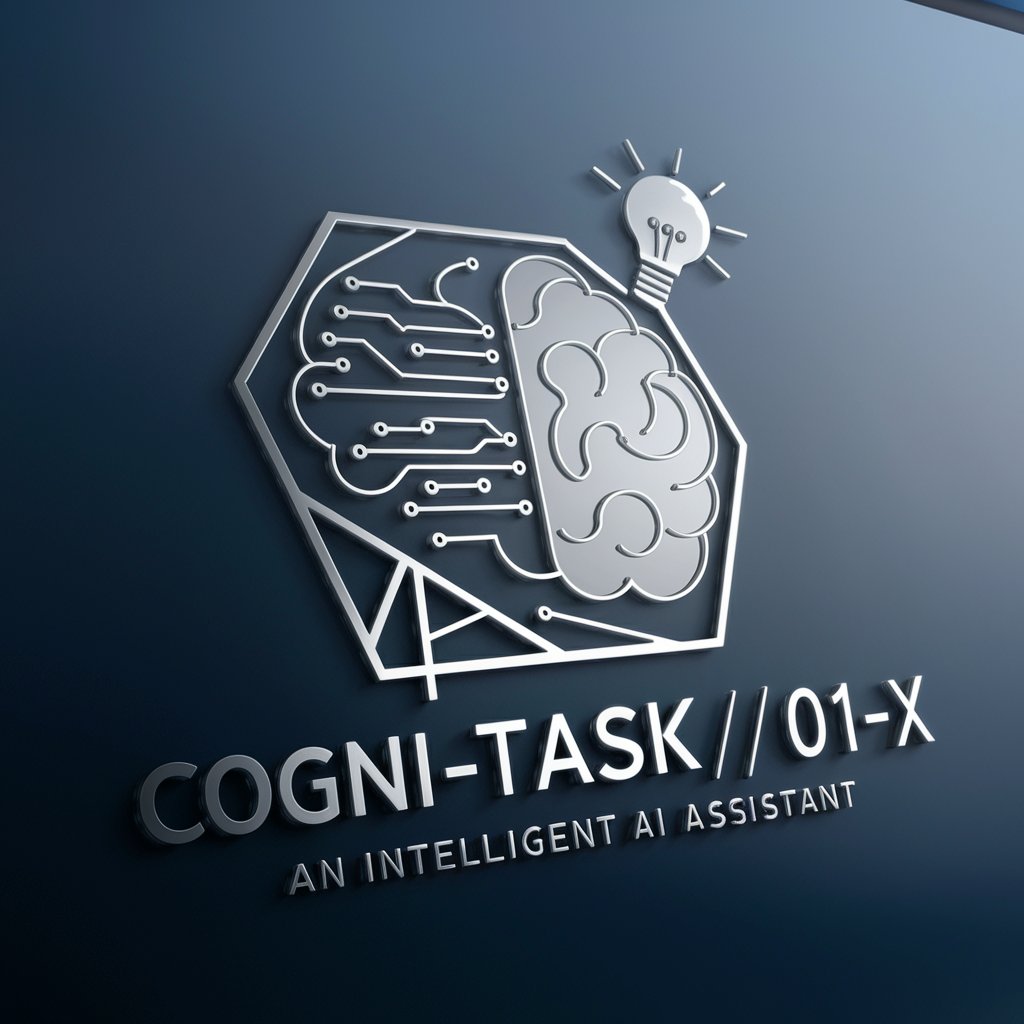
Woodwork Wizard
Crafting Made Easy with AI

Task Completion Automaton
Streamline Workflows with AI Power

Video Game 100% Completion Guide
Master every game with AI-powered insights

Python Code Completion
Empowering coders with AI-powered assistance.
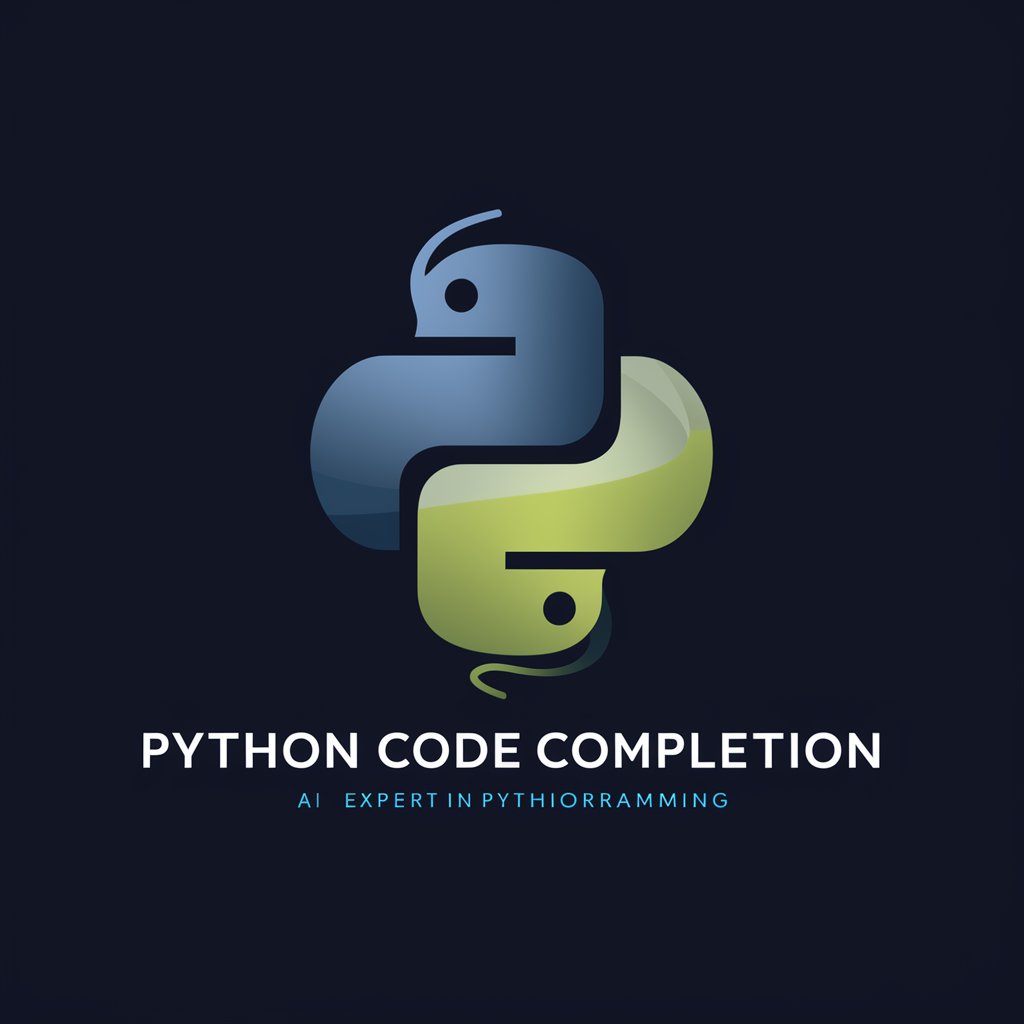
Tango Tune Tailor
Crafting Your Perfect Tango Night

SPR UNPACKER
Decoding AI's Deep Language
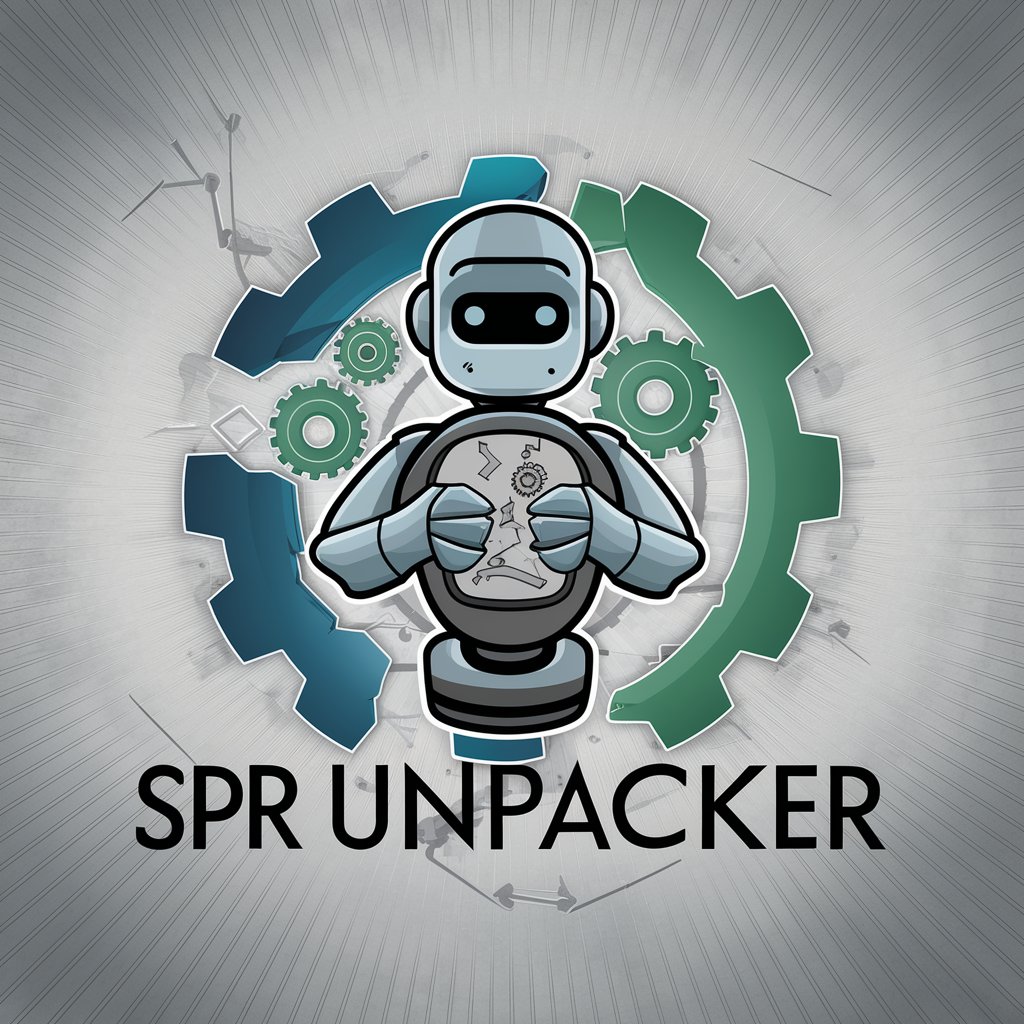
Perry
Insight at the Intersection of AI and Ethics

Om-GPT
Harnessing AI for Serene Living

NeuralProphet Buddy
AI-Powered Time Series Forecasting

Portals.org
Connect Globally, Engage Locally

Locomotive Engineers Assistant
Empowering Engineers with AI Insights

Frequently Asked Questions about SPR Unpacker
What is SPR and how does SPR Unpacker work with it?
SPR, or Sparse Priming Representation, is a condensed format of information designed for processing by advanced natural language models. The SPR Unpacker tool deciphers these compact inputs, elaborating them into fully developed texts or data structures, leveraging the model's latent capabilities in reasoning, planning, and detailed explanation.
Can SPR Unpacker handle inputs in languages other than English?
While primarily optimized for English, SPR Unpacker can process inputs in other languages to a degree. However, the accuracy and depth of the unpacked content might vary based on the language's complexity and the model's training data.
Is there a limit to the size of the SPR input?
The effectiveness of SPR Unpacker is best maintained with concise SPR inputs. While there's no strict limit, inputs that are too lengthy may lead to less precise unpacking due to the increased complexity and potential for ambiguity in the representation.
How can SPR Unpacker benefit educational content creation?
Educators and content creators can use SPR Unpacker to expand sparse notes into detailed lesson plans or educational materials. This tool aids in brainstorming and materializing complex ideas into structured, comprehensive content.
Can SPR Unpacker be integrated into other applications?
Yes, with appropriate API support, SPR Unpacker can be integrated into various applications. This enables the automation of content expansion, idea generation, and information structuring within those applications.



